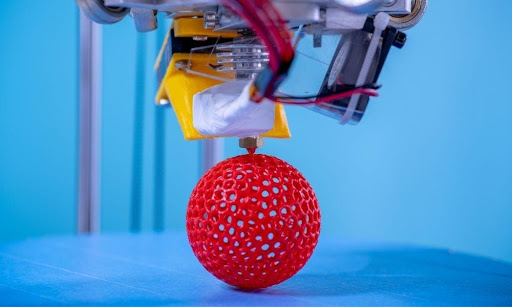Major Breakthroughs in 3D Printing So Far

3D printing has been gaining momentum since the 1980s, but only in the last few years have people realized its infinite potential. This process has revolutionized a myriad of industries. The major breakthroughs in 3D printing so far hint at the many ways it will change our lives in the near future.
Emergency Production
When COVID-19 hit and the world came up short for personal protective equipment, 3D printing came to the rescue. Additive printing is so fast, cheap, and adaptable that it’s able to produce face shields, masks, medical and testing devices, isolation wards, and even respiratory ventilators. Even better, many companies donated their services and materials for the 3D printing processes.
Smart Gels
Rutgers University engineers have pioneered a 3D-printed material they call “cephalopod-inspired light-responsive artificial chromatophores”—essentially, color-changing squid skin. In the same way that octopi can camouflage themselves in the deep, this material acts as an artificial muscle that can alter color patterns in response to light. It’s the first step toward innovations like soft robotics and flexible screen displays.
Automotive Advances
The automotive industry is finding more uses for the technology as it replaces metal with 3D-printed plastic parts that are faster and cheaper to make. They also feature more potential in terms of design. Several companies are competing to be the first to produce a completely 3D-printed car. Once they master that, they can create custom cars in a matter of days.
Outer Space
Rocket ships made with 3D-printed parts are already in space, and 3D-printed food will sustain astronauts on the job. NASA even sponsored a contest to come up with a way to 3D-print dwellings on Mars, using only the materials found on the planet’s surface.
Medical Prosthetics
No one is more grateful for the major breakthroughs in 3D printing than the health community. Because it can easily produce complex designs, people can personalize prosthetics for increased functionality, better flexibility, and higher comfort. Soon, that advance will be eclipsed by the most anticipated application yet: perfecting 3D-printed human organs on demand.





